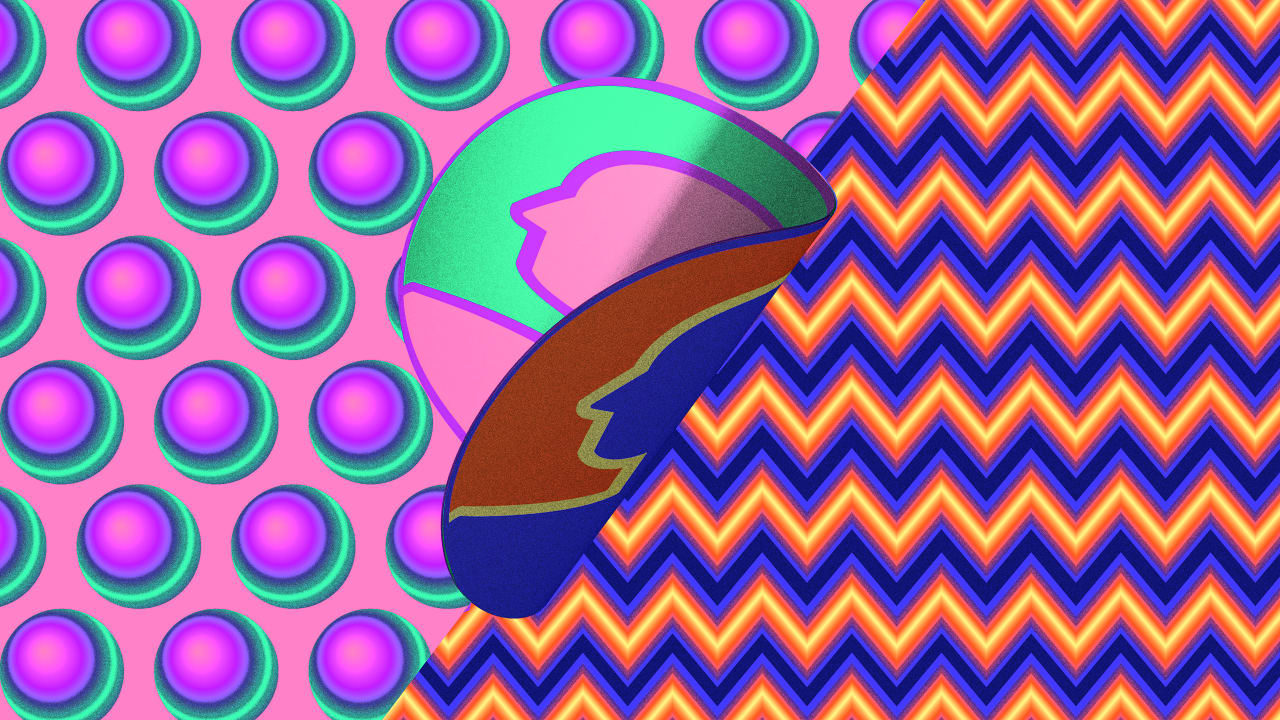[ad_1]

Rebranding–which can include updating your positioning, messaging, visual identity, website and more–is a big investment of time and capital. To the outside world, it signals an intention to mark a new moment in your organization’s history and to be perceived differently. When done effectively, an updated brand can undoubtedly create powerful new opportunities for impact that more than justify your investment. But a rebrand, in and of itself, is not transformative: It will not change your organization. Rebranding is actually a record of a transformation that has happened or is already underway. In other words, rebranding doesn’t cause transformation; transformation inspires rebranding. And this transformation comes from within.
In our experience, most rebranding projects are rooted in one thing: Your current brand simply isn’t a reflection of who you are as an organization anymore, and that’s a big problem. Some clients can articulate this. Others feel it, but can’t quite name it. Clients often come to us and say, “We want to look more modern,” “we need modern tools,” “we want to be relevant,” “we’ve secured funding to do it,” or “we need to engage our audience in the digital space.” Yep, totally. These are well-intentioned asks, but are often an effort to treat the symptoms and not the root cause.
In fact, the greater the distance between who you are and how you’re perceived, the greater the dissonance. The identity crisis might be so great that each member of your team has a wildly different description of what your organization does and, most important, why. They might have trouble articulating these things at all. Your communications team might feel like their efforts are the equivalent of wearing old gym clothes to a nice theater. They’re kinda comfortable, but you know they’re probably not going to come off as ironic or cool. Instead, they’re going to make you stick out for all the wrong reasons. If only you’d planned for enough time to go home and change first. Is your current brand creating friction that works against your potential impact?
Why does this happen?
Organizations, the people that make them up, the world they exist in–all these things are constantly evolving. Imagine how silly you would sound if the voice of five-year-old you was the same as the voice you have at 25 or 40. That would be weird, right? You are still you; in your core, you’re the same person, you have many of the same values, beliefs, and personality traits, but you’ve also grown and changed.
Your brand is your organization’s voice. You know your organization isn’t exactly the same at 5, 10, 25, and 50 years. Its core purpose might remain fundamentally unchanged, but the world it exists in is different, and that might require your organization to behave differently than it did in the past. Your brand needs to keep up with all that change to actually do its job. If it’s the wrong pitch, you’re going to get a lot of head scratching and raised eyebrows at best–or dead silence at worst.
There are moments of dramatic change and periods of subtle, gradual change. Think about how much has changed inside and outside your organization over the last five years alone. You might have a new leader. There are likely new people on your leadership team. More likely than not, half the staff has turned over. Many of them are from another generation, with different values, workplace behaviors, expectations of leadership, and politics. There are new words and phrases blowing up in the public discourse. The party in political power has changed. The country and the world have added a few triumphs of humanity, and a few more painful wounds that have scarred our society. Despite all of this change, you are still the same organization, but your brand needs to reflect your evolution.
This doesn’t mean you throw it all away every few years and start over. Do it once, and do it right. Then nurture it, watch it grow, prune it, update it. The “it” of course is “your brand.” But if you’ve never done it right, you’ll probably find yourself in the habit of throwing out your clothes and constantly reinventing yourself every couple of years. Which means you are either squandering your reputational equity or there never was any to begin with.
This is all inevitable. It is the nature of the passing of time at the speed of life. Transformation is already happening within your organization. It’s always happening. Sometimes faster, sometimes slower. Sometimes it’s a seismic shift, sometimes it’s glacial. Your transformation is not a rejection or deletion of the legacy you’ve already created–it is an evolution, a correction of past missteps, a necessary adaptation to remain in touch with the moment. The reward is a brand that resonates both inside and outside of your organization, and it is rocket fuel for impact.
Deroy Peraza is a Cuban-American designer, husband, father, and Barça fan. He is a partner and creative director at Hyperakt, a design studio dedicated to branding nonprofits from the inside out.
[ad_2]
Source link

